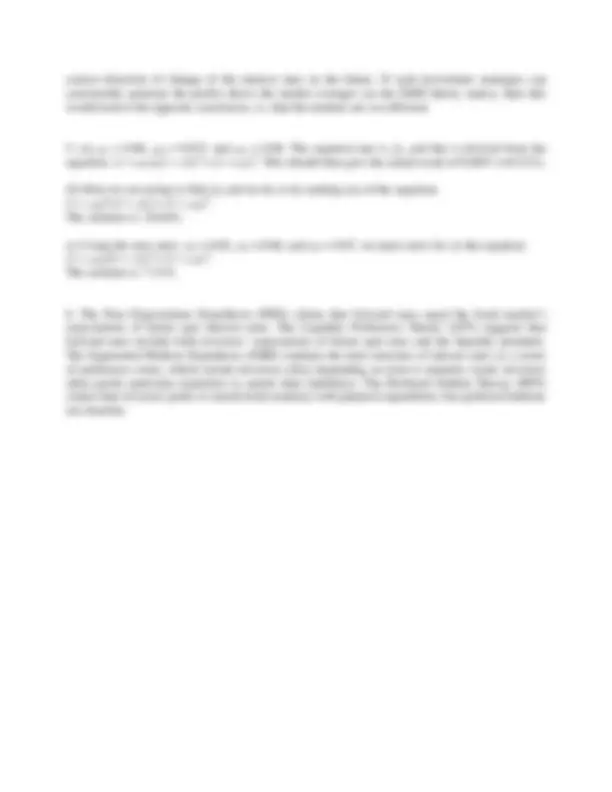



Study with the several resources on Docsity

Earn points by helping other students or get them with a premium plan


Prepare for your exams
Study with the several resources on Docsity

Earn points to download
Earn points by helping other students or get them with a premium plan
Community
Ask the community for help and clear up your study doubts
Discover the best universities in your country according to Docsity users
Free resources
Download our free guides on studying techniques, anxiety management strategies, and thesis advice from Docsity tutors
Tutorials for exchange rate theory
Typology: Exercises
1 / 2

This page cannot be seen from the preview
Don't miss anything!


International Bond and Currency Markets C39SM
Tutorial Problem Set 6
Solutions
(b) To handle forward contracts, note that the points on the yield curve correspond to the spot rates: 0 s^1 ,^0 s^2 ,^0 s 3 ,^0 s^4 , etc. To calculate the interest rate on a forward contract to buy a one-year bond one year from now, what we need is the forward interest rate 1 f 2. This is calculated by using the relationship: (1 + 0 s 1 )x (1 + 1 f 2 ) = (1 + 0 s 2 )^2. Using this gives the answer to (i) and very similar formulae give the answers to (ii) and (iii): (1 + 0 s 2 ) 2 x (1 + 2 f 3 ) = (1 + 0 s 3 )^3 (1 + 0 s 3 ) 3 x (1 + 3 f 4 ) = (1 + 0 s 4 ) 4. These relationships hold because they represent different routes to achieving a contract over a given period, and should come out with the same combined return - otherwise there would be arbitrage opportunities which investors would spot and compete away.
correct direction of change of the interest rates in the future. If such investment strategies can consistently generate the profits above the market averages (as the EMH theory states), then this would lead to the opposite conclusion, i.e. that the markets are not efficient.
(b) Here we are trying to find 4 f 5 and we do so by making use of the equation: (1 + 0 s 4 ) 4 x (1 + 4 f 5 ) = (1 + 0 s 5 )^5. The solution is: 10.02%.
(c) Using the new rates: 0 s 1 = 0.05, 0 s 4 = 0.06, and 0 s 5 = 0.07, we must solve for 1 f 5 the equation: (1 + 0 s 1 )x (1 + 1 f 5 ) 4 = (1 + 0 s 5 )^5. The solution is: 7.51%.